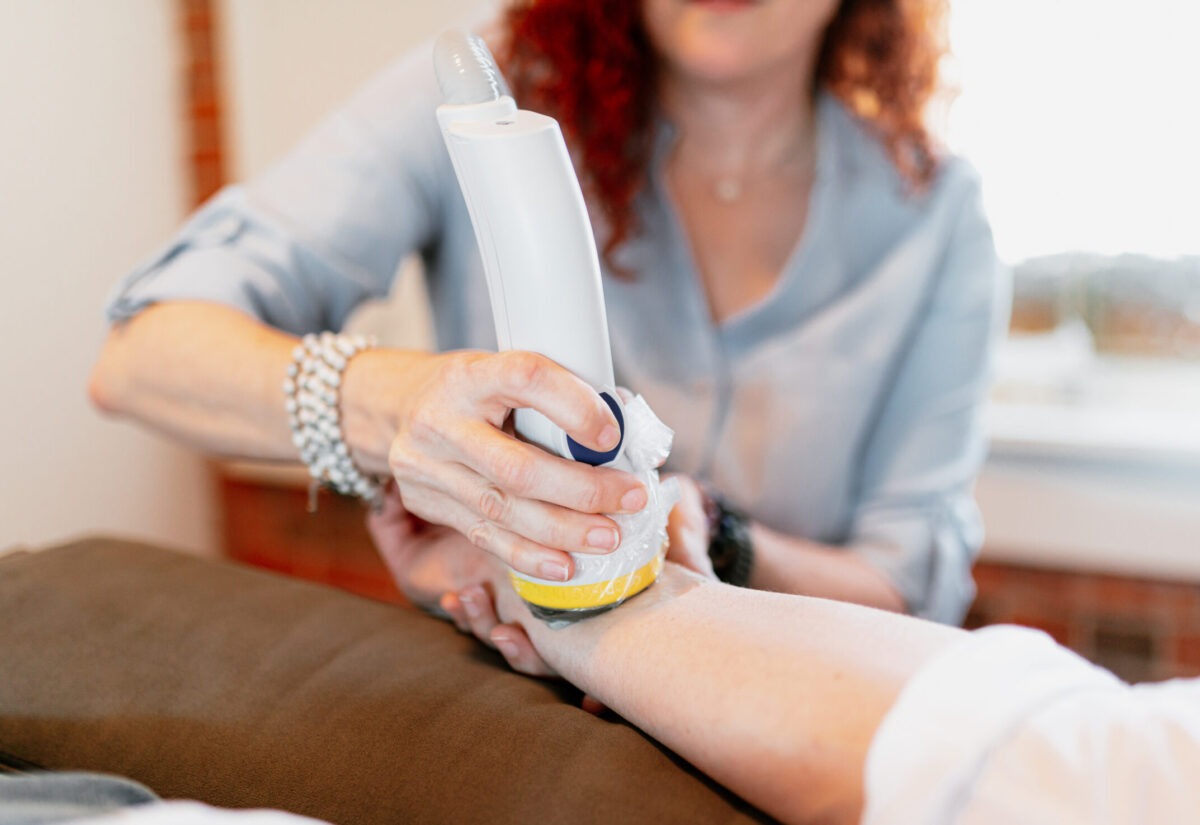Softwave VS. Other Treatments

It’s good to compare your options and find the most suitable treatment for your needs! Not all fixes are created equal, and we want you to be as informed and empowered in your healthcare as possible.
Softwave vs. Surgery:
Surgery can drain $20k–$50k, and take up to a year of your life between planning, appointments, and recovery downtime. Softwave takes 15 minutes, and you can walk out and continue on about your day. Plus, Softwave does not require general anesthesia, or even local anesthesia. It is considered to be less risky and has fewer complications compared to more invasive treatments, especially surgery.
Softwave vs. Cortisone Injections:
Cortisone can be a useful option for some, but oftentimes doesn’t provide long lasting healing and only works for a few days to a few weeks. Cortisone works by reducing inflammation and pain by suppressing the immune system’s response, whereas Softwave keeps working for months, or longer, by triggering your body to heal itself on a cellular level. Shockwave therapy is even clinically proven to be a more effective pain relief option for those struggling with plantar fasciitis (https://pmc.ncbi.nlm.nih.gov/articles/PMC6420882/).
Plus, for those who don’t love getting shots or injections, Softwave is non-invasive!
Softwave vs. Physical Therapy:
We are big fans of this combo. Pair Softwave with PT and you could heal up to 30% faster—think of it as physical therapy on turbo mode. With Softwave, we can break through the prohibitive or restrictive pain levels that you may be experiencing in a gentle, fast and effective manner, while promoting healing on the cellular level. Combined with the guidance of a physical therapist to coach you through movement practices, strengthening and coordination, and manual therapies to encourage healing; this combo is the most holistic, not to mention educational, approach!
Softwave vs. Just Resting & Taking Meds:
Three weeks of “taking it easy” can wipe out your muscle strength—Softwave can help you heal faster and keep things moving. While medications can dull the pain, they don’t address the underlying cause and come with the potential for dependency and side effects.
SoftWave vs. PRP & Stem Cell Therapy:
PRP (Platelet-Rich Plasma) Injections and stem cells can cost a small fortune and may not change symptoms ($3k–$8k). It involves drawing a small sample of the patient’s blood, which is then processed to separate the platelets and growth factors. These concentrated platelets are re-injected into the injured area, such as damaged tendons, ligaments, or joints. PRP typically requires multiple sessions, with weeks or months between injections. Softwave Therapy usually involves 6-8 sessions, on average, over 6-8 weeks, providing faster results. Softwave is less of a financial commitment than PRP! Plus, you can often feel a difference in just one 15-minute session—no knife, no needles, no downtime.
Who should avoid Softwave, and consider other approaches?
Pregnancy: Due to unknown effects on the fetus, it is not recommended for pregnant people.
Bleeding Disorders: Individuals with bleeding disorders or those on anticoagulant medication should avoid this treatment, as it may lead to increased bleeding risk.
Cancer: Individuals with cancer, particularly at the treatment site, should not undergo shockwave therapy as it may promote tumor growth.
Pacemakers– the shockwaves may interfere with its function. (In most cases, Softwave is still safe so long as the treatment area is 8 – 10 inches away from the pacemaker or defibrillator.)